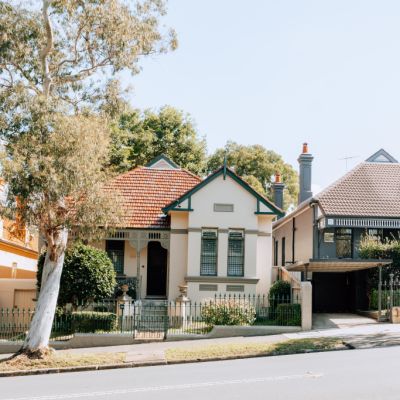Property cheat sheet: three ways to research the market like a pro

A property transaction may happen once, or twice, in a lifetime.
It’s an excursion into foreign territory, where the stakes are as high as the prices.
Before buying a property, do the homework to balance the raw emotion of the pursuit with the cold, hard numbers. Like choosing a long-term relationship, real estate decisions work out for the best when head and heart marry.
Here are three simple ways to fact find and research the market like a property pro.
Search the history of your dream home
Real estate is a public transaction and in the spirit of this, real estate agents will often (although not always, depending on the vendor’s wishes) report the results to the major data collection companies.

These companies use these contributions to determine the clearance rate nationally each week, and more in-depth data is reaped in the long term.
It comes in handy for prospective buyers who want to check what a property has previously sold for.
Domain has a Home Price Guide that tracks every Australian property’s sale and rental history (including prices achieved, when it was bought or leased, and the name of the real estate agency that handled the deal).
This search is available by individual address, street or suburb.
And given real estate purchases are a matter of public record, government land titles offices can offer the same information (albeit in a more complex format) or fill in the gaps.
Land registry bodies in each state and territory maintain the official records of who has bought and sold addresses and this is welcome to be accessed.
Treat auctions as a sport
Auctioneers’ advice – don’t make the first auction you attend the one that you intend to bid at.

The property market comprises markets within markets, with their own variables determined by factors including nearby schools, infrastructure available or in the pipeline, and whether they rub shoulders with high-priced suburbs (experts have dubbed these cheaper postcodes “bridesmaid suburbs”, AKA the second choice, and the spill-over of demand can stimulate prices).
This step is anecdotal evidence in your search, but getting a feel for how the market is faring in a certain price bracket is an enormous advantage.
That comes from standing on street corners, takeaway latte in hand, observing how properties perform under the hammer – note the ferocity of bidding (or the gentler rhythm of a softening market), the number of bidders, and whether it passes in or smashes its reserve.
Take a more confident run at the purchase of your dreams – and probably the biggest of your lifetime – by watching auctions unfold for several weeks before taking your turn and playing for keeps.
Side by side
Real estate agents use comparable sales to their listing to determine the price guide of a property.

With all of the public information available, there is no reason why you can’t do the same.
Track the results of like-for-like homes you are interested in with a simple spreadsheet.
Note down what the price guide is (easier in states where the price guide is disclosed on the listing, otherwise, you’ll need to press the agent) and what it sold for.
A pattern will emerge. Understand the differences – bedrooms, outdoor areas, car parking, prestige level of the street or suburb – and observe the exertion they on the outcome.
Knowing this granular detail will help you cull certain attributes from your inventory of wants versus needs, based on real-time affordability.
We recommend
We thought you might like
States
Capital Cities
Capital Cities - Rentals
Popular Areas
Allhomes
More










